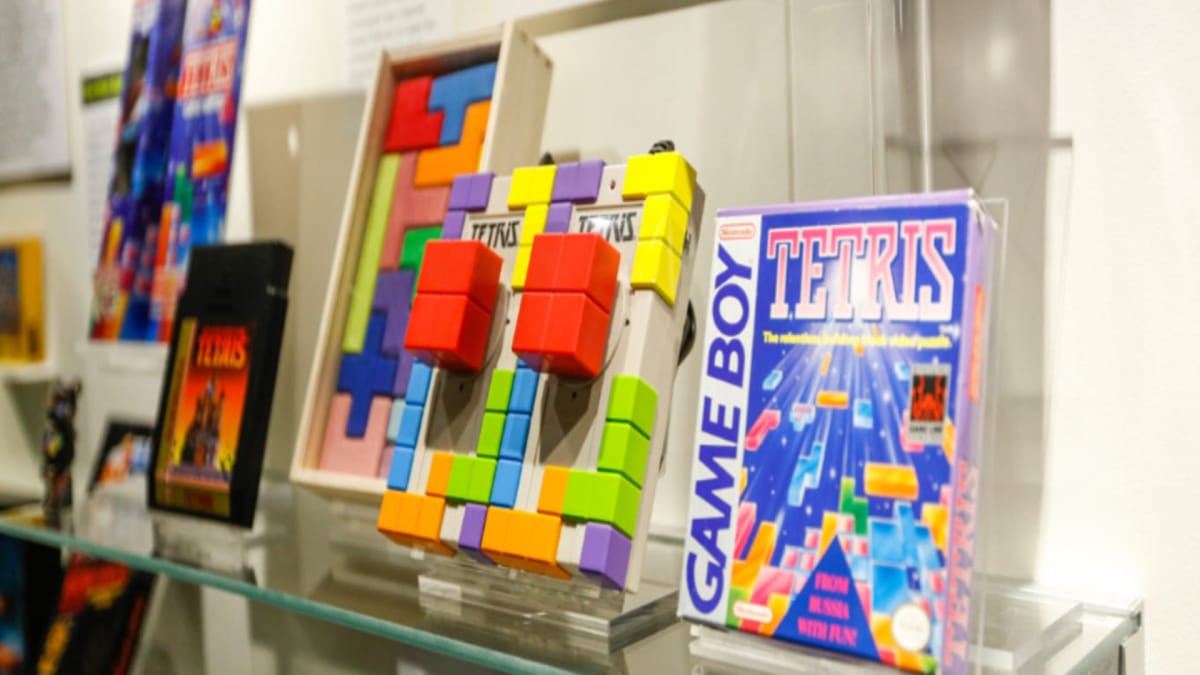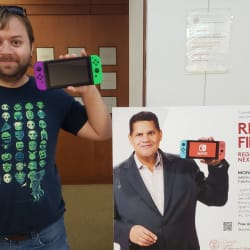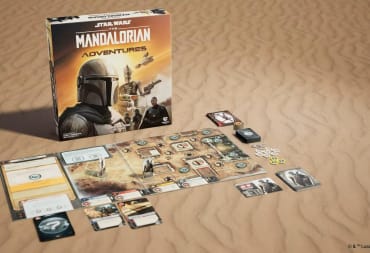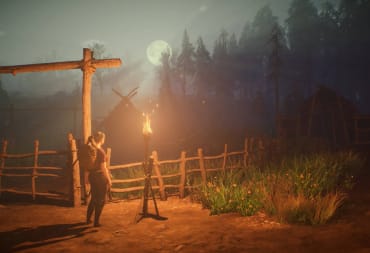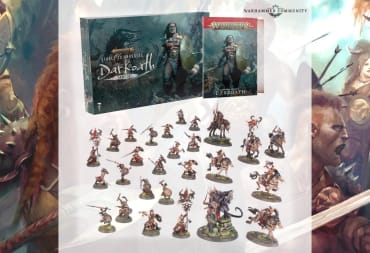Avid gamers know how important video-game preservation is. So often it’s difficult to (legally) get our hands on a title because the hardware is outdated, or the original game has been region locked for generations. To help get around these roadblocks, video-game preservationists around the world work hard to preserve a record of these games that might otherwise be lost to time.
That’s where industry experts at locations like the Strong National Museum of Play come in. These archivists and game educators are committed to obtaining, copying, preserving, and showcasing games from all around the world. We spoke with two professionals from the Strong Museum in Rochester, NY: Jon-Paul Dyson, Director for the International Center for the History of Electronic Games and Vice President for Exhibits, as well as Andrew Borman, a Digital Games Curator for the museum.
Dyson has been with the Strong National Museum of Play for 23 years, a museum that sees about 600,000 visiting guests every year.
“The Strong Museum is a very hands-on, interactive place. We create exhibits that don’t just have artifacts to see, but hands-on activities to do. It’s a very social experience.” - Jon-Paul Dyson
Dyson has a Ph.D. in 19th Century American History, and part of his concentration has been looking at other mediums, like the preservation of the book.
“How can we do this for video games?” Dyson said. “People in the future will want to ask questions. How are games made? What goes into a company turning out a successful game?”

Andrew Borman has been with the museum for three years and spends his days collecting and archiving game media for the museum.
“We want to focus that we’re the International Center of the History of Electronic Games. So we have Apple II computers, our Japanese collection is comprised of over 7,000 console games. We have complete collections or nearly complete collections of Famicom through GameCube, including the Nintendo 64DD,” Borman said.
“We have over 65,000 objects related to video games."
How the Strong Museum Has Operated During the COVID-19 Pandemic
COVID-19 has globally affected many industries, museums included. To be safe, the Strong Museum closed a few months before New York made it a requirement. As they cleaned and reassessed how to best and safely serve their guests, they were able to reopen in June. Some exhibits had to be adjusted for social distancing, while others with high levels of interaction needed to be closed altogether.
“We want to make sure all our guests are safe, so we limit attendance,” Dyson said.
Even with closing select exhibits, the Rochester-based video-game museum has gotten creative with how these closed sections are presented to the public. One particular exhibit was a beach with a lot of fake sand that guests were encouraged to play in. Since sanitizing sand isn’t exactly possible, they put up “shark sighting” signs and put a big inflatable shark in the exhibit.
Though attendance has been down, Dyson looks forward to a bright future with new exhibits and expansions.
“We’re in the middle of a huge expansion right now,” Dyson said. “We just built a 1,000-car parking garage, and we have plans for a 90,000-square-foot expansion.”
Part of this expansion will be for the World Video Game Hall of Fame, while another section, Level Up, will allow Strong Museum guests to create an avatar. They’ll receive an RFID bandage and they’ll earn badges and achievements as they play their way through the exhibit. Visitors can experience what it means to move, compete, and create. They’ll see how these things come together to make a video game.
The museum hopes to open these exhibits by 2023, with the goal to increase annual attendance to one million visitors.
Strong National Museum Video Game Preservation
The founder, Margaret Woodbury Strong, left a Trust to help support the museum, even in uncertain times. It ensures the viability of the museum and the ability to continue caring for archived games.
“We can care for games in climate-controlled facilities for the long term,” Dyson said.
Dyson also mentioned that with the Strong Museum being dedicated to the history of play, it can sometimes be difficult to determine what exactly qualifies as a video game.
“Our significant collections start in the 1960s, but we have other items like pinball machines that date back to the 19th century. Or other mechanical games that even predate that. Really, we have exhibits about the predecessors of modern video games.” - Jon-Paul Dyson
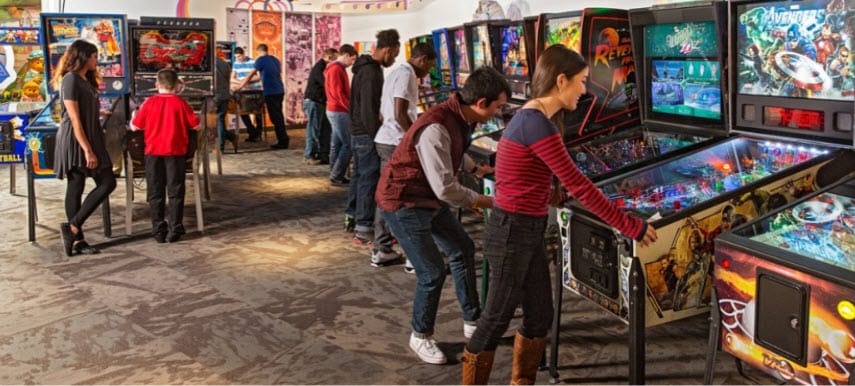
Dyson’s goal isn’t just to preserve a game itself, but at the very least preserve a record of it.
“You can’t preserve an MMO without players, but we can preserve a record of it," he said.
Borman’s role is helping to procure and preserve different games from all around the world.
"Online games have a shelf life,” Borman said. “Whether it’s a community-based shelf life or not, at some point those servers are going to shut down.”
Borman acknowledges that loss is going to happen, there’s just no way around it. But by committing their efforts every day, they’re able to back up and preserve copies that studios, especially indie developers, won’t necessarily keep forever.
“Sometimes that means going out and buying a physical copy of a game,” Borman said, “or we have accounts on various services where we buy digital games. I also try to back up major revisions. For Fall Guys I backed up Season 1 and 2 because that’s a very experience-driven game. It’s not going to be the same five years from now, if it’s even still playable. But at the very least we have the data to show how the game evolved and how those maps changed over time.”
The Strong Museum works with developers from all over the world, big-name studios and indie companies alike. Fostering these relationships has helped them get copies of older games and versions that haven’t been patched with modern updates. Much of their collection is backed up on floppy discs, but that’s not possible with a modern game on a modern console.
“It’s important to prioritize what we back up for historic material," Borman said. "I’m not necessarily concerned about backing up the millionth copy of Super Mario. There are some games from indie studios that we’re the only people in the world who have it.”
Emulation is one tool the museum uses to help make these games accessible to the public, and for the older arcade games, they have full-time arcade technicians who know how to operate and fix these machines when they break down. They don’t currently have this role filled for consoles, making repairing home video-game consoles more of a challenge.
Strong National Museum Exhibits
The Strong Museum itself is massive, currently occupying approximately 285,000 square feet. If you’re able to visit the Rochester museum soon, some of their current short-term exhibits include Millennial Madness: The Toys that Shaped a Generation, and Take Flight, an exhibit that showcases the joy and playfulness of flight, from hot air balloons and planes to drones and spaceships. There are so many exhibits on display, it can be difficult to decide what to look at first.
“If you’re a board-game fanatic, our History of Board Games exhibit is great,” Dyson said. “We have a prototype Monopoly game and other classic games from Parker Brothers.”
To highlight one part of game history that’s often gone unseen, the Strong Museum opened the Women in Games exhibit in 2018. Women have had a huge impact on the industry, and this exhibit focuses on showcasing examples of games marketed to girls and created by female-led companies. Learn about the women behind the Halo franchise, female audio designers, board games designed by women, and so much more.
Borman acknowledges this exhibit’s purpose is to highlight not just the named developers and executives that we know about, but the countless unnamed women who played a part in bringing games into our homes.
“Think about the women working in the factories who were physically assembling the motherboards of these Atari games. We may never know who they were,” Borman said.
But their story is important, and it’s one the museum is proud to tell as the industry works to involve more female voices in the design, writing, and marketing of video games. Plus, you can try your hand at playing Ms. Pac-Man.
Some other Strong National Museum of Play exhibits include the Toy Halls of Fame, Pinball Playfields, Imagination Destination, and American Comic Book Heroes: The Battle of Good vs. Evil.
Visit the Strong National Museum of Play
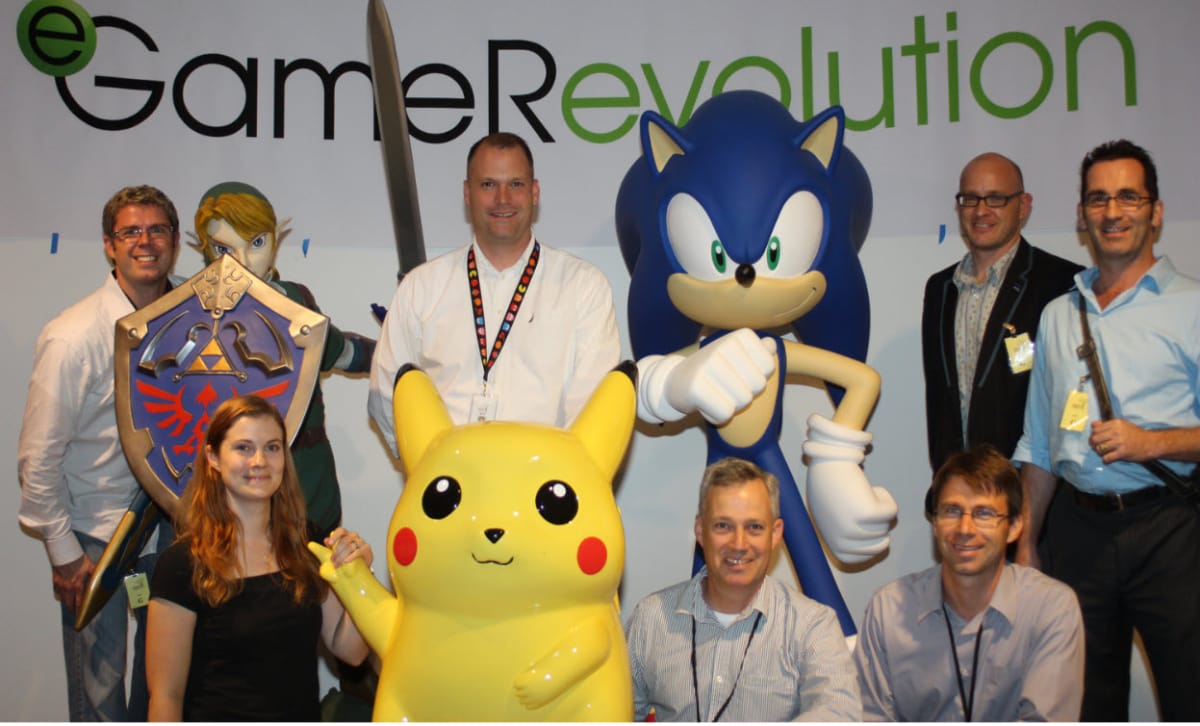
If you live in the northeast U.S> or are planning a trip to upstate New York, the Strong National Museum of Play is located at One Manhattan Square in Rochester, NY. Capacity is currently limited due to COVID-19, but you can purchase tickets online ahead of time. They also offer virtual events, like one upcoming on Feb. 25, 2021, where you can meet Tom Kalinske, former CEO of Mattel, Sega of America, Inc., and Leapfrog. Discover all the steps these game archivists and preservationists have taken to help preserve some of our favorite games for future generations to enjoy.
Have a tip, or want to point out something we missed? Leave a Comment or e-mail us at tips@techraptor.net
